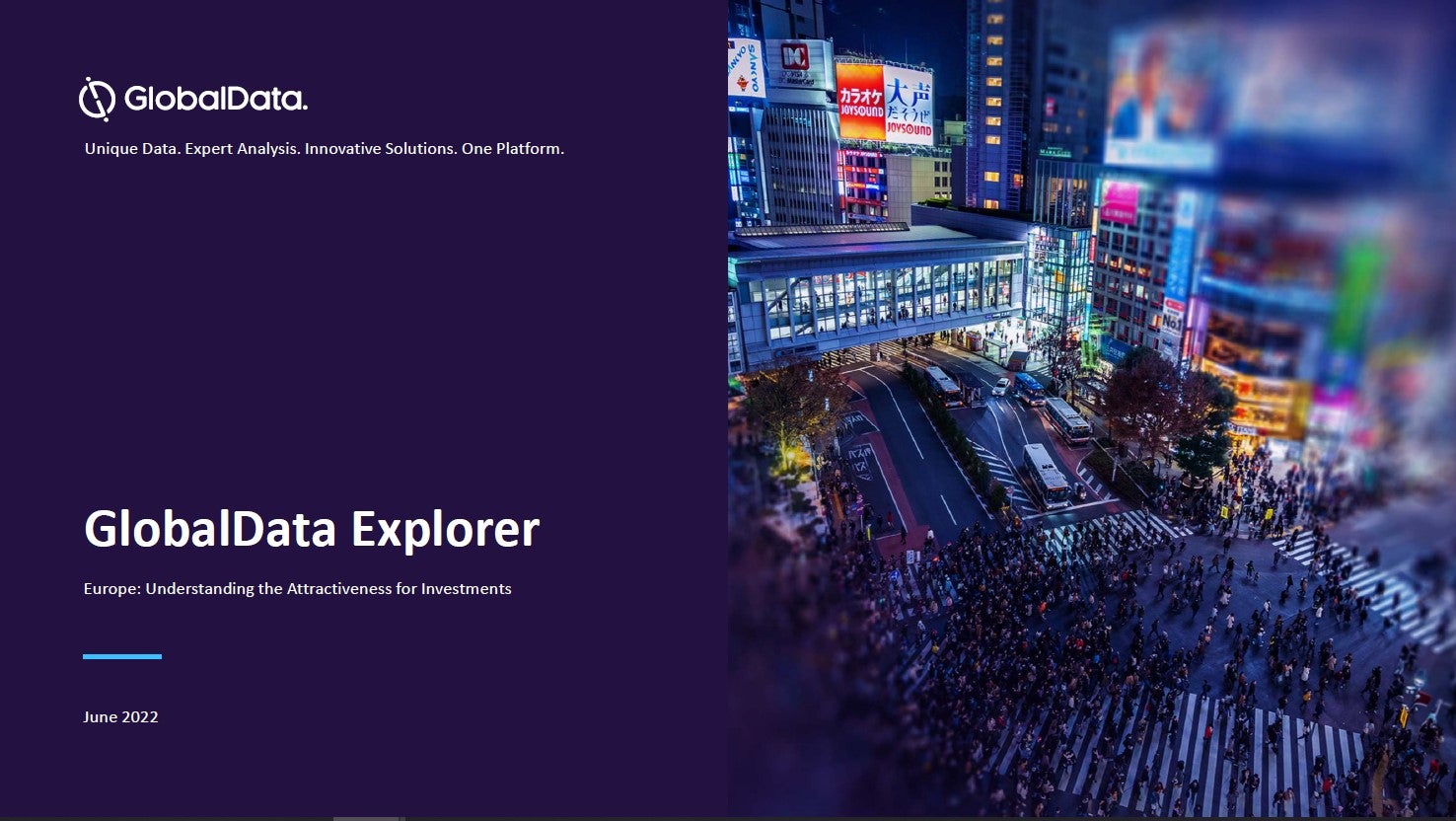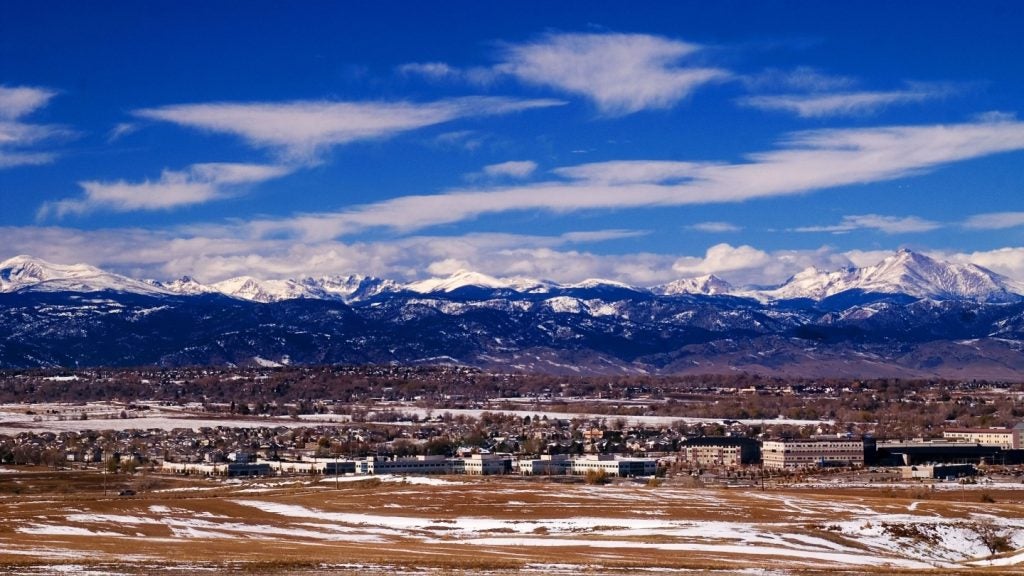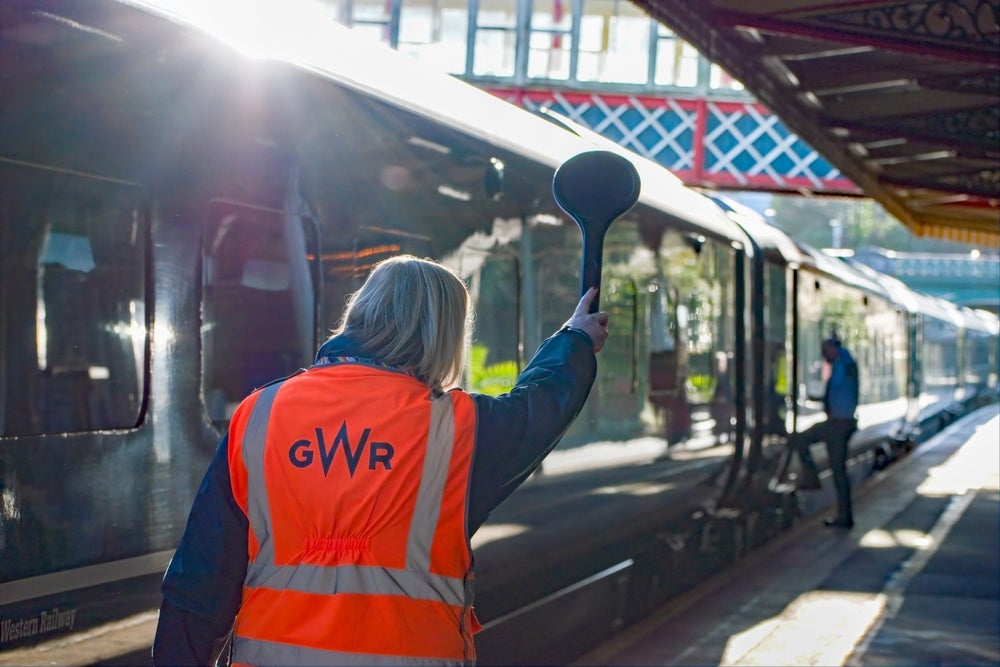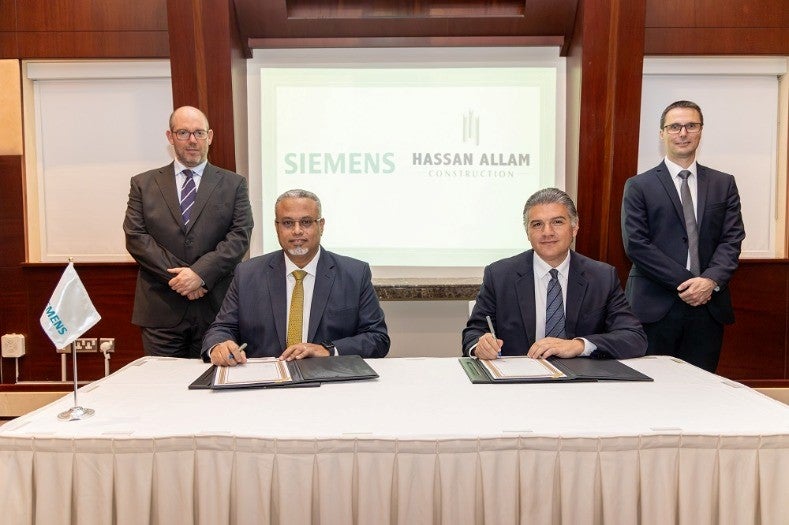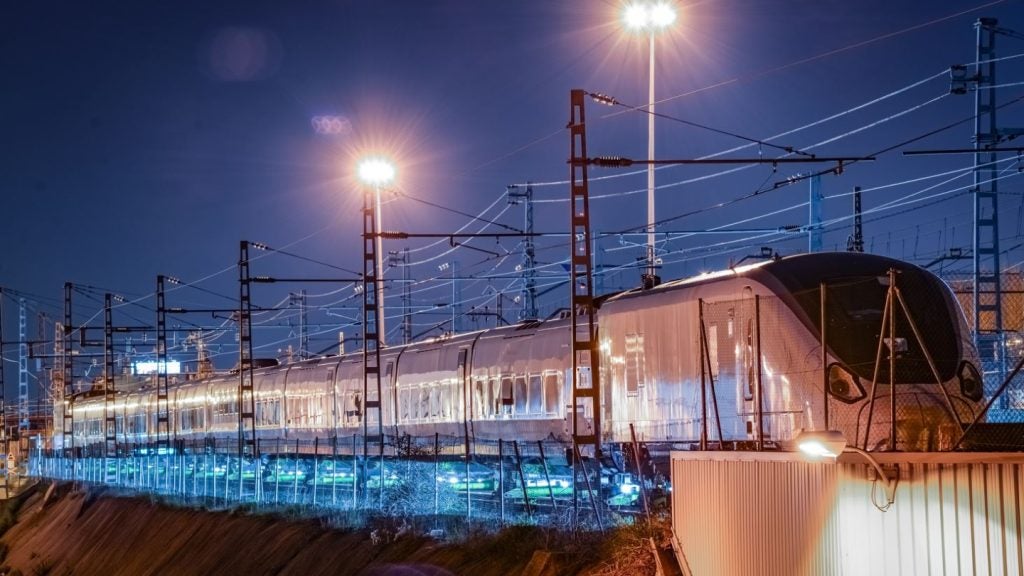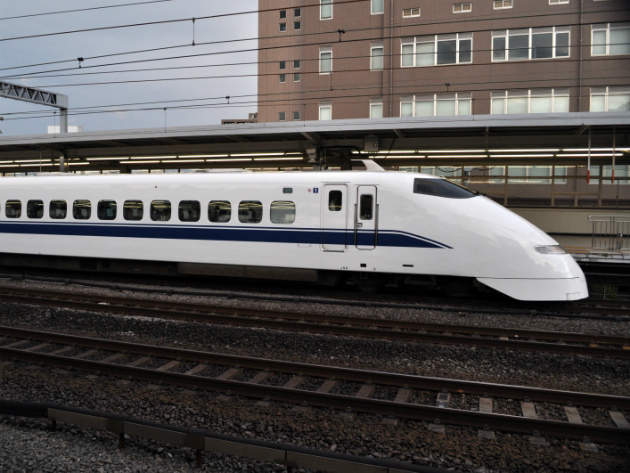
On 16 April 1853, Indian Railway’s first passenger train chugged out of Boree Bunder station in Mumbai on its way to nearby Thane.
Carrying 400 passengers in 14 ornately decorated coaches, it was, said a British official at the time, “one of the most memorable days, if not the most memorable day, in the annals of British India…a triumph of mind of matter, of patience and perseverance”.
Fast forward 165 years and work is set to start on a project of arguably comparable significance in the history of Indian Railways: a 350km per hour bullet train system running between the west Indian cities of Mumbai and Ahmedabad.
First mentioned in the election manifesto of India’s ruling Bharatiya Janata Party (BJP), the country’s Prime Minster Narendra Modi hopes the train will help modernise India’s vast but increasingly dilapidated railway network and boost trade between the two areas.
“This enterprise will launch a revolution in Indian railways and speed up India’s journey into the future,” said Modi. “It will become an engine of economic transformation in India.”
How well do you really know your competitors?
Access the most comprehensive Company Profiles on the market, powered by GlobalData. Save hours of research. Gain competitive edge.

Thank you!
Your download email will arrive shortly
Not ready to buy yet? Download a free sample
We are confident about the unique quality of our Company Profiles. However, we want you to make the most beneficial decision for your business, so we offer a free sample that you can download by submitting the below form
By GlobalData“More than a train”
Gujarat and Maharashtra – between which the bullet train will run – are two of the most economically developed parts of the country, accounting for 27.26% and 25.18% of GDP respectively, according to a 2014-2015 national analysis. Transport links in the area are insufficient however, says analyst and investment advisor Arun Kejriwal.
“We have premium trains running between the two cities in the morning, afternoon and late at night and invariably all of them are packed,” he says. “We also have around 40 flights a day but you often cannot choose the flight in advance and you have to wait at the airport for hours. So there is plenty of demand for it, plenty of movement between the two cities.”
Expected to cost around $14.5bn, 80% of the project will be financed by a ‘soft loan’ from Japan, which has a world-famous network of high-speed trains already in place and whose Prime Minster, Shinzo Abe, has a long-standing relationship with Modi.
“Their friendship goes back by around 15 years when our Prime Minister was the Chief Minister of Gujarat,” says Kejriwal.
For both Japan and India, the bullet train is considered to be something of a statement. For Abe, it’s an opportunity, says Kejriwal, “to demonstrate that Japan can do things not just in their own country but somewhere else including a developing place like India”. For Modhi, it’s also a platform to show the world what the country can achieve.
“It’s not just a train,” says Kejriwal. “It’s about demonstrating to everyone that India has the capability of putting something as modern as a bullet train in place. India is trying to show that it has the capability and the talent. As we grow, the aspirations of the country are widening and I believe the bullet train signifies this.”
Challenges down the line
The project won’t be simple to build, however. On top of the usual technical challenges of high-speed rail, the train – which is expected to cover 650km – will have an underwater component at the entrance to Mumbai around Thane creek.
“Mumbai is an island so to enter the city you need to cross over water,” says Kejriwal. “This complex underwater part is also in an area where the weather can get nasty during the monsoon season. It’s not impossible: we know for example in Hong Kong you have an all-weather underground Metro, but it could be a challenge.”
Perhaps the biggest challenge the project will face is the question of legitimacy. Right from the start, when the bullet train was announced, many have accused it of being a ‘vanity project’ that India’s cash-strapped railway network simply doesn’t need.
According to a 2012 report by an Indian Government committee, there are currently 11,806 miles of existing track in desperate need of modernisation while 15,000 people are killed crossing the tracks every year because of poor safety standards.
“The question, therefore, must be, how does a bullet train joining Mumbai and Ahmedabad address any of these urgent needs?” asked economic and political analyst Mohan Guruswamy in an article for the BBC.
Who benefits?
For some, social needs should also take priority. The bullet train will, for example, cost more than India’s annual education budget and three times as much as its health budget. “It will be a vanity project, sucking money that could be used for health and education,” wrote columnist Aakar Patel in the First Post.
While Kejriwal accepts these problems exist, he argues the bullet train project will have a positive multiplier effect on the economy, “building something like this leads to many more things happening thereafter,” he says, “For example a lot of the land along the rail corridor is not being used for industrial purposes. With the bullet train they will now be brought into the fold and properly developed. You can’t see a project like this in isolation.”
“Any time India as a country wants to do something which would take it a couple of steps forward a lot of the Western world starts talking about poverty and the cost and magnanimity, asking whether it needs it or not,” Kejriwal adds. “When India did the nuclear explosion back in 1990 for example, people started asking why they did and was it necessary. Back then it went through sanctions from a host of foreign countries. But that test gave it the power, the bargaining capability of talking to the world as an equal.”

